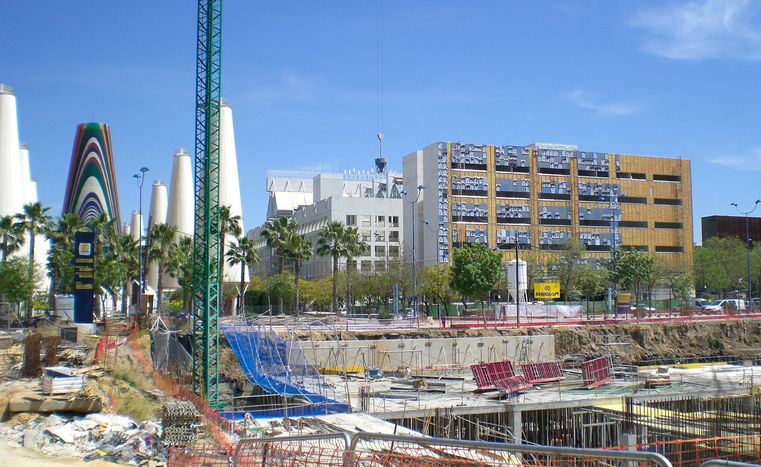
Seville will have its mosque back
Published on
Translation by:
Mary MaistrelloBy 2010, the new mosque in the Cartuja 93 district will be completed. Seen by the administration as a “constitutional duty”, but for others as a “non-Sevillian” project , its construction is sure to provoke heated debate.
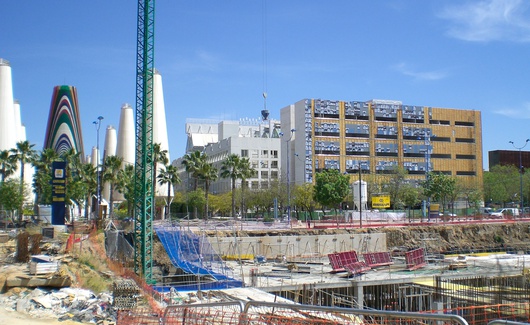 “Seven-hundred and fifty years after the last mosque, which had been converted into a Christian church in 1248, Seville will have a mosque again” says Emilio Carillo, the Urban Assessor of the Andalusian capital. The mosque will not be built in the Bermejales district as originally planned, but on the “island” of Cartuja, which lies between the two branches of the Guadalquivir river. The location is a technological park that was urbanized for the city’s Universal Exhibition in 1992. It is home to the headquarters of large enterprises, universities, newspapers, research centres and administrative offices. On the western side of the area, towards the Carlos III avenue, the new mosque will be built on an area spanning some 6000 square metres. As well as being a being a place of worship in the strictest sense, it will also house a cultural centre.
“Seven-hundred and fifty years after the last mosque, which had been converted into a Christian church in 1248, Seville will have a mosque again” says Emilio Carillo, the Urban Assessor of the Andalusian capital. The mosque will not be built in the Bermejales district as originally planned, but on the “island” of Cartuja, which lies between the two branches of the Guadalquivir river. The location is a technological park that was urbanized for the city’s Universal Exhibition in 1992. It is home to the headquarters of large enterprises, universities, newspapers, research centres and administrative offices. On the western side of the area, towards the Carlos III avenue, the new mosque will be built on an area spanning some 6000 square metres. As well as being a being a place of worship in the strictest sense, it will also house a cultural centre.
The minaret as a symbol
The district is not exactly central and, most of all, it is not at the lively, urban heart of the city. So why was this site chosen? Carillo explains that, “we tried to find an alternative which would not lead to any tension”. Last year’s project in the Bermejales was cancelled due to residents’ objections channelled via the “Las Bermejales 2000” association. However both Carillo and Emilio Gonzáles Ferrín – an expert in Islam at the University of Seville – are convinced that such opposition is not because of Islam per se, but the actual use of the neighbourhood.
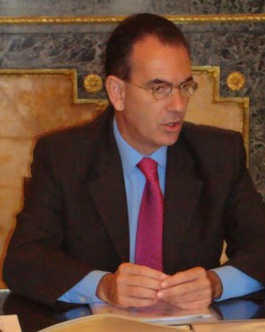 Although the council won the legal process brought by those opposed to the mosque, they decided that a better solution could be found by relocating to a site further away from inhabited areas. Yet the choice of Cartuja93, the land belonging to the autonomous region of Andalusia and managed by the Public Enterprise for Land (EPSA), still brought protests – not least from the area’s Association of Businessmen. Last year they “urged” the council to review its decision. Carillo claims that, “they did not give any importance to the complaint; we think that they are in the minority”.
Although the council won the legal process brought by those opposed to the mosque, they decided that a better solution could be found by relocating to a site further away from inhabited areas. Yet the choice of Cartuja93, the land belonging to the autonomous region of Andalusia and managed by the Public Enterprise for Land (EPSA), still brought protests – not least from the area’s Association of Businessmen. Last year they “urged” the council to review its decision. Carillo claims that, “they did not give any importance to the complaint; we think that they are in the minority”.
And, at the end of the day, the mosque is returning Seville’s history back to the city. The imprint left by the period of Arab rule between the eighth and thirteenth centuries is still noticeable. The Real Alcazares (royal palace) constructed during this period was used as the headquarters of the monarchy after the Reconquista. Ambling through the rooms of this Spanish Versailles, one realises how the Islamic past has infused into the soul of the city. One gets the same feeling visiting the tower of the Giralda, which, thanks to its 103 metre height appears to suddenly appear from nowhere. Once the Ancient minaret of the mosque, it then became the cathedral tower and the enduring symbol of the city.
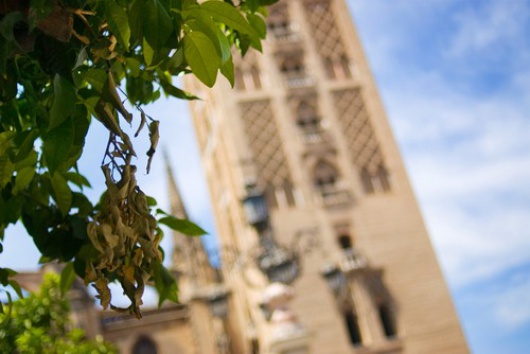 Carillo sees the building of the mosque in Cartuja93 as the part of a lucid urban planning decision, “we don’t want only residential zones, or only economic, or purely commercial. Our model of a city includes a mixture of uses”. Furthermore, the promotion of religious freedom is a constitutional duty and, thus, the Administration wants to, “promote it as it already has done with other denominations. The Catholic Church has largely benefitted [from this] as have the Mormons, Jehova’s Witnesses and Evangelists”.
Carillo sees the building of the mosque in Cartuja93 as the part of a lucid urban planning decision, “we don’t want only residential zones, or only economic, or purely commercial. Our model of a city includes a mixture of uses”. Furthermore, the promotion of religious freedom is a constitutional duty and, thus, the Administration wants to, “promote it as it already has done with other denominations. The Catholic Church has largely benefitted [from this] as have the Mormons, Jehova’s Witnesses and Evangelists”.
“Dialogue between cultures is possible”
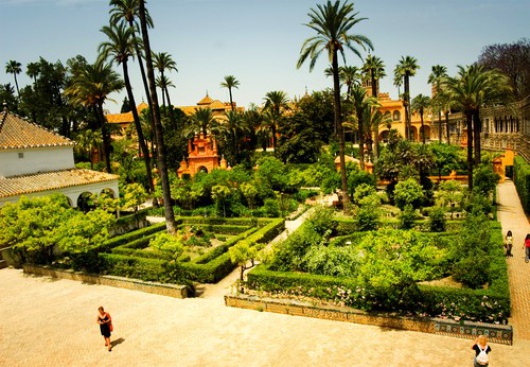 Emilio González Ferrín states boldly, “I think that we need a mosque in the city. There are many Muslims, and they have wanted one for years. But the mosque in Seville will have to be a Sevillian mosque”. The Islamic expert explains that following several requests to the Administration, the council finally granted a permit to people from Granada, who also manage that city’s mosque, and who, “arrived with foreign money, especially from the emirate of Sharjah (part of the UAE). Ferrín claims that the powers that be have therefore, opted for a group which is not representative. This problem is exacerbated because in Seville there are many Islamic groups, but the Council is only dealing with one of them – “the Murabit, the modern name for the Almoravids”. He goes on to explain that it is symptomatic of a trend of championing Islamic correctness, but not necessarily transparency. “This does not mean that it is good or bad; I know them, they are positive people, as I know people from Opus Dei, and they are positive. But it is like an Opus Dei of Islam. I believe that in Europe there is a need for an open Islam, because dialogue between cultures is possible”.
Emilio González Ferrín states boldly, “I think that we need a mosque in the city. There are many Muslims, and they have wanted one for years. But the mosque in Seville will have to be a Sevillian mosque”. The Islamic expert explains that following several requests to the Administration, the council finally granted a permit to people from Granada, who also manage that city’s mosque, and who, “arrived with foreign money, especially from the emirate of Sharjah (part of the UAE). Ferrín claims that the powers that be have therefore, opted for a group which is not representative. This problem is exacerbated because in Seville there are many Islamic groups, but the Council is only dealing with one of them – “the Murabit, the modern name for the Almoravids”. He goes on to explain that it is symptomatic of a trend of championing Islamic correctness, but not necessarily transparency. “This does not mean that it is good or bad; I know them, they are positive people, as I know people from Opus Dei, and they are positive. But it is like an Opus Dei of Islam. I believe that in Europe there is a need for an open Islam, because dialogue between cultures is possible”.
A mosque without Muslims?
So if it exists, why not respond to the needs of the Sevillian community? This is either because there is igronance in the Administration, or as Ferrin says it is because there is “money involved”. He maintains that a “mosque for everyone”, that makes all parties happy is possible. The Administration did make a proposal concerning the Moroccan pavilion, built in 1929 for the Iberian-American Exhibition, which now houses council offices. “It would be perfect: it is public enough, central, well-known and good value for money. It would [also] get the around the problem of the space being used for only one group”.
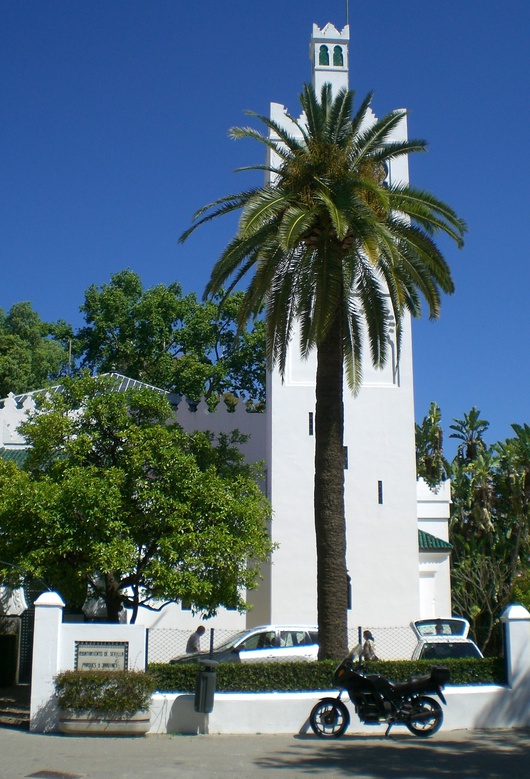 Fatima Mohamed Kaddur – a Muslim and Popular Party councillor in the nearby town of Gines, thinks along the same lines as Ferrín, “as a practising Muslim, I agree that we should build a mosque in Seville. But you would need on for all Muslims, not just for a sector”. She places responsibility for the current situation on the incumbent PSOE (the Spanish Socialist Workers’ Party). She, like Ferrín, also has reservations on the source of the finance for the building of the controversial mosque.
Fatima Mohamed Kaddur – a Muslim and Popular Party councillor in the nearby town of Gines, thinks along the same lines as Ferrín, “as a practising Muslim, I agree that we should build a mosque in Seville. But you would need on for all Muslims, not just for a sector”. She places responsibility for the current situation on the incumbent PSOE (the Spanish Socialist Workers’ Party). She, like Ferrín, also has reservations on the source of the finance for the building of the controversial mosque.
Seville is a city with a population of some 8000 people of muslim origin – many of whom live in the Macarena quarter, where there are already some small mosques. So what do they think of the proposal to build the mosque in Cartuja93? Attempts to contact the Fundación Mezquita de Sevilla have proved futile, even though the association has a website. Web Islam, the portal for Spanish Islam, points me to Abdulasib Castiñeira, the director of the Granada mosque, but there was no reply.
Translated from Siviglia riavrà la sua moschea



